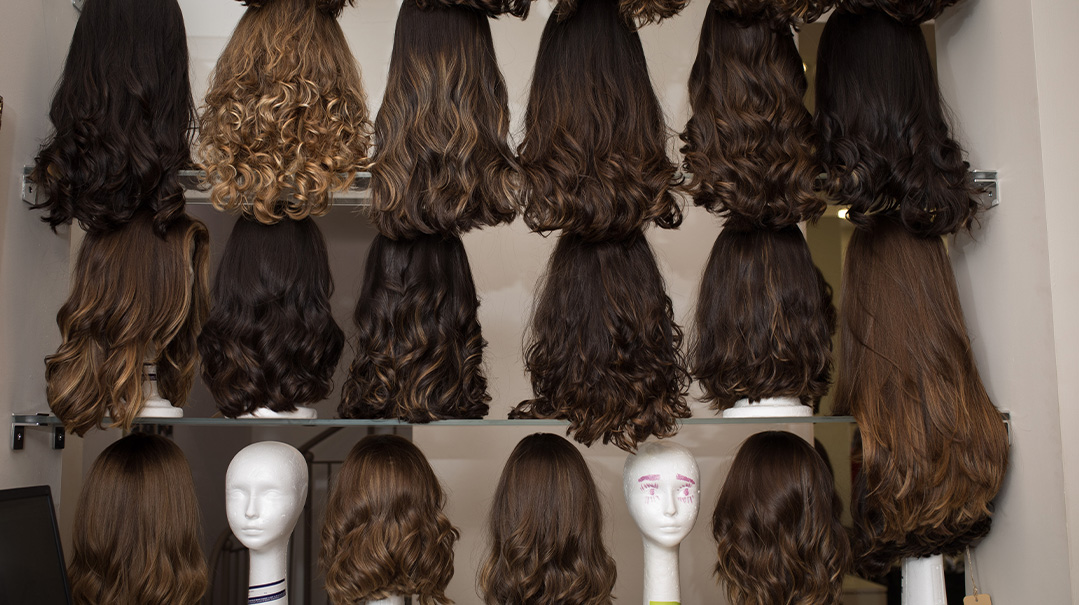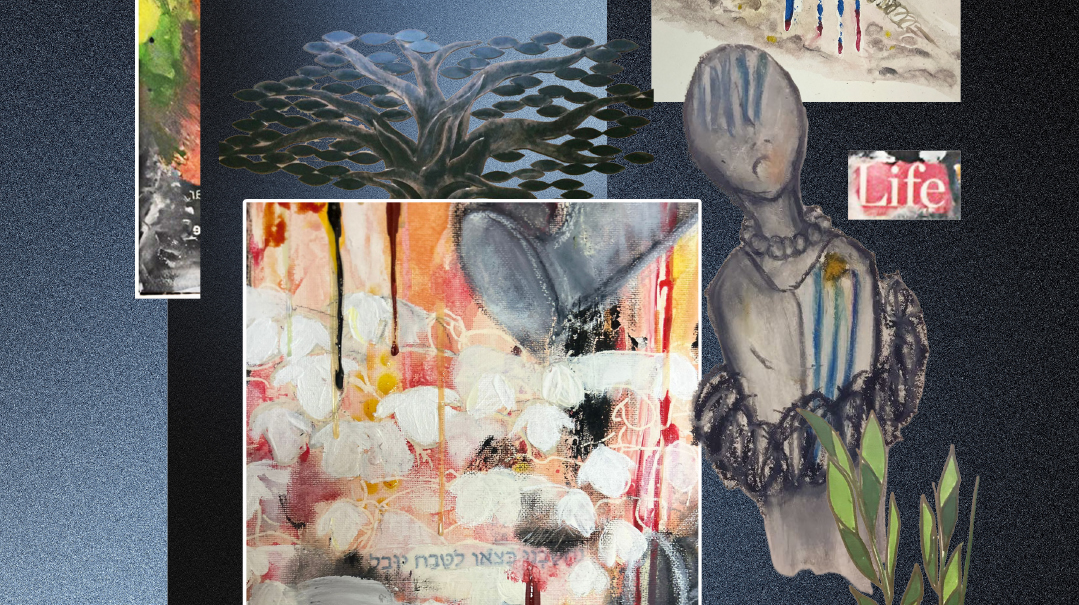Meet… Shani Greenfield
| January 10, 2023Shani Greenfield makes shidduchim — the right wig for the right woman

Photo: Flash90
Shani collects used sheitels, washes, sets, and repairs them when necessary, and matches them up with women who need a new sheitel but can’t afford to buy one.
How It Started
I grew up in Brooklyn, went to Prospect Park High School, and then taught in kiruv elementary schools. After my husband and I married, we lived on the Lower East Side for a few years, and then moved to the Old City of Jerusalem where we joined the Aish HaTorah family. Then we moved to Musrara, a really cool — and eclectic — neighborhood next to the walls of the Old City between Shaar Yaffo and Shaar Shechem. That’s where I started my gemach.
Thrill of the Shidduch
When I was living in Musrara, I did wedding makeup for a kallah whose mother wasn’t frum. The kallah asked her mother to cover her hair at the wedding, but the mother couldn’t find an affordable sheitel. She saw my sheitel and loved it, so I ended up lending her my sheitel for the wedding and then giving it to her to keep afterward, on condition she wear it to light candles on Friday nights. That began her journey toward Yiddishkeit, and today she’s frum.
After that, I realized that our community has a real need to match up people who need sheitels with people giving them away. Being a people person and a sheitelmacher, I realized I could be the one to do it.
I’ve seen so many incidents of hashgachah when it comes to matching up women and sheitels. It’s happened a few times that a woman gave away a sheitel she thought nobody would want — and then the very next day, another woman came in and asked for exactly that one. Another time, a kallah who came to us said that she found out about our service while she was flying to Israel. She loved the wig of the lady sitting next to her and asked her where she got it — the woman gave her our contact info. She came to the gemach and found a perfect pre-owned wig that had been donated the day before.
It’s the thrill of making that shidduch that keeps me in business.
Oops! We could not locate your form.







